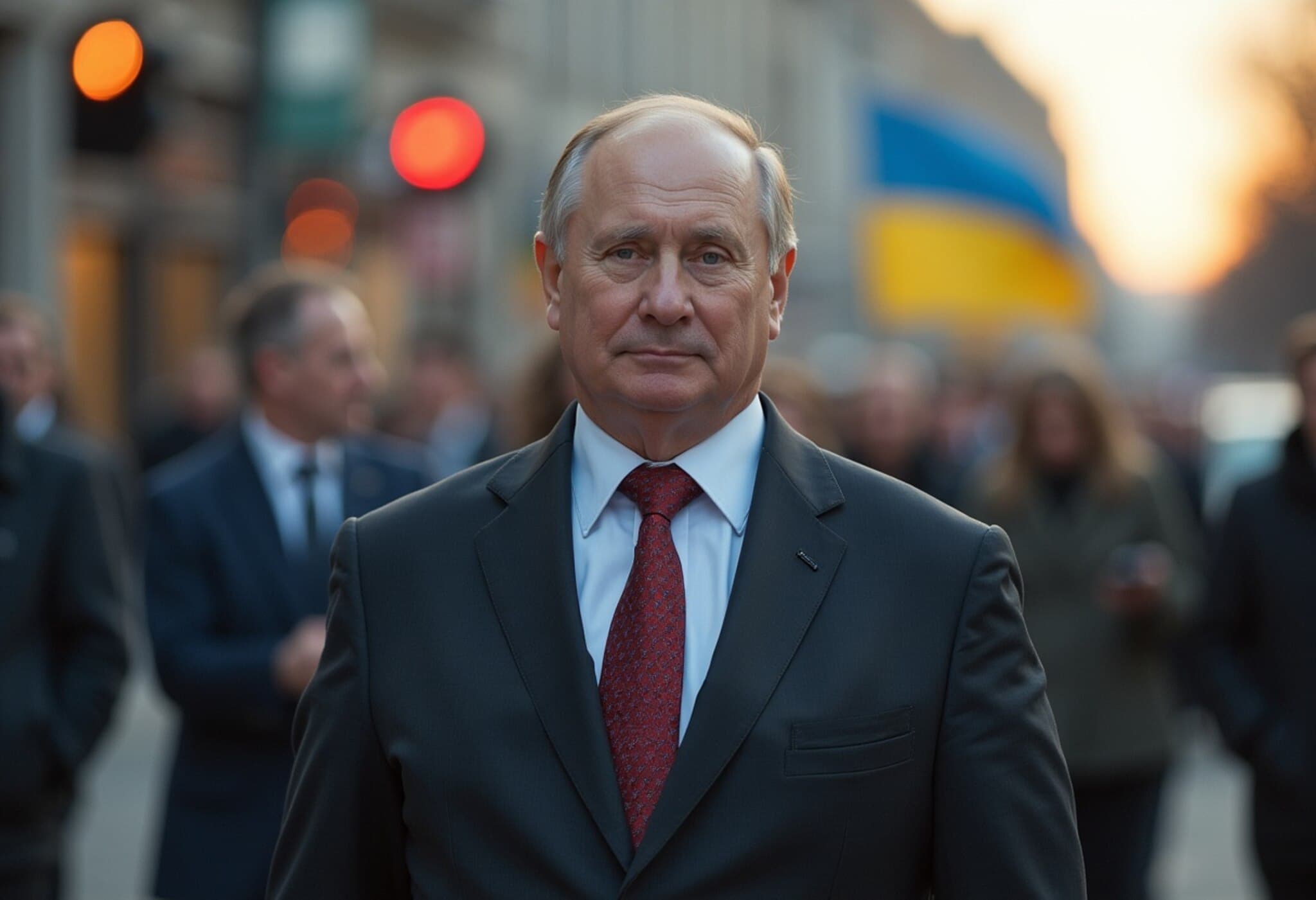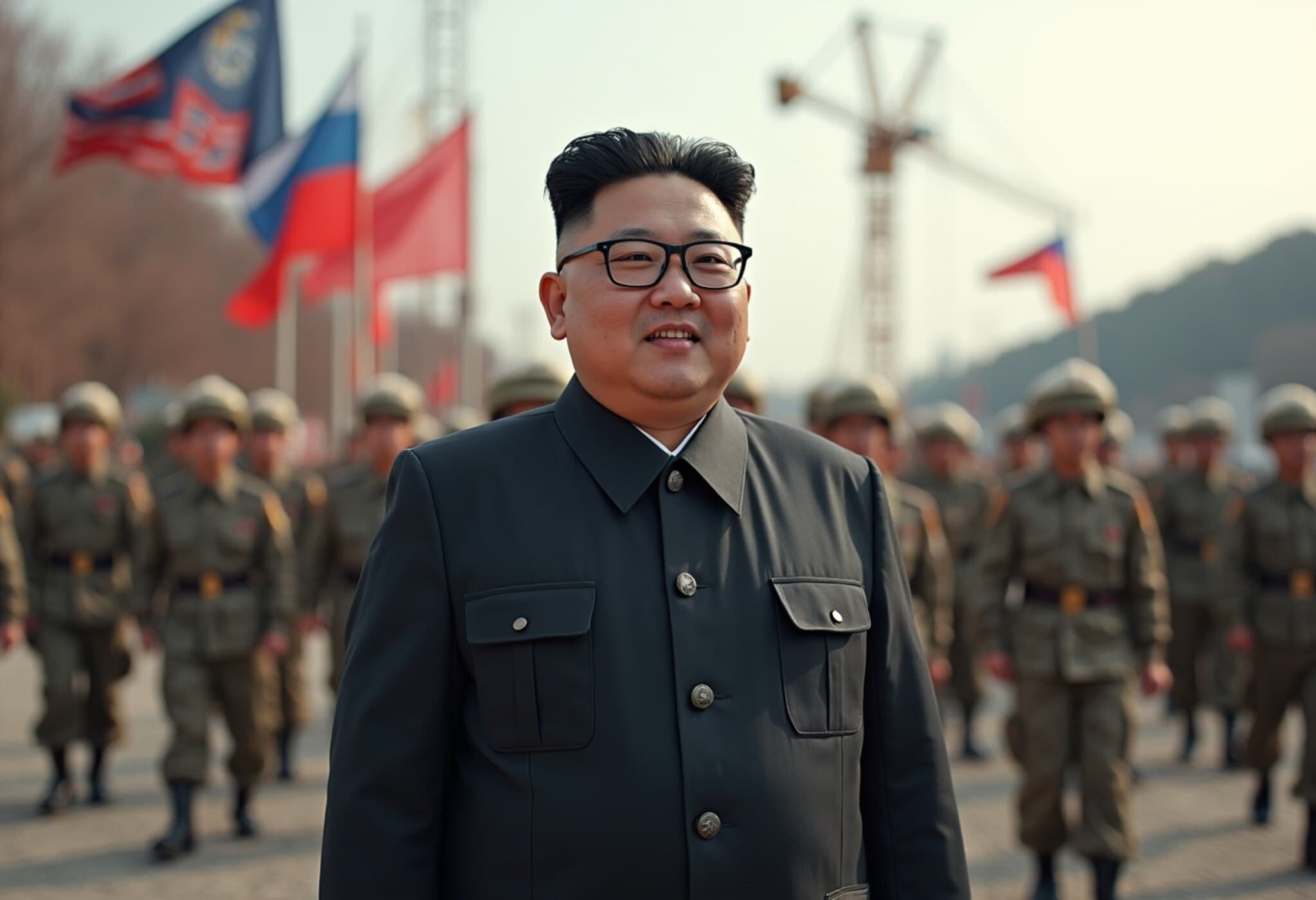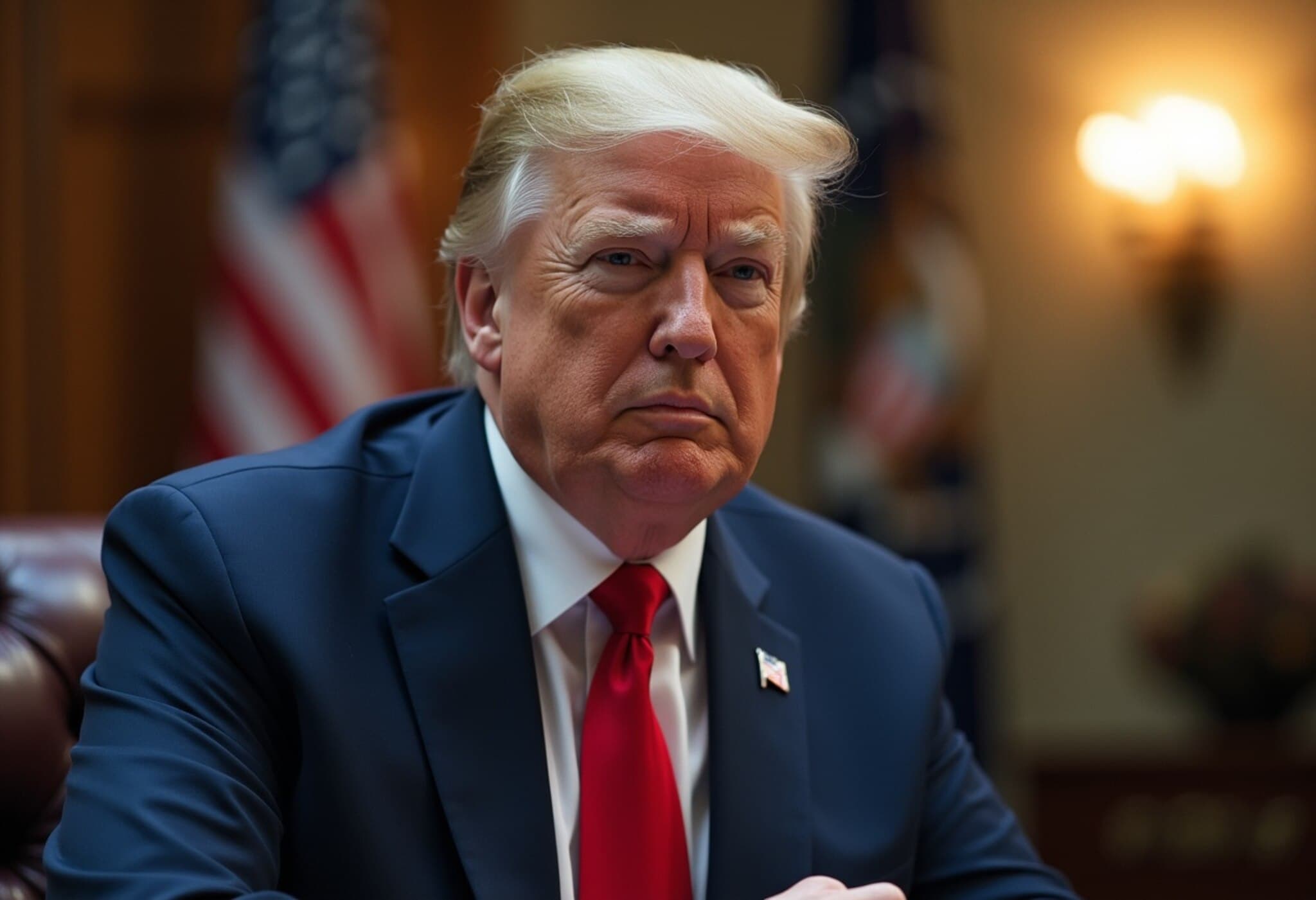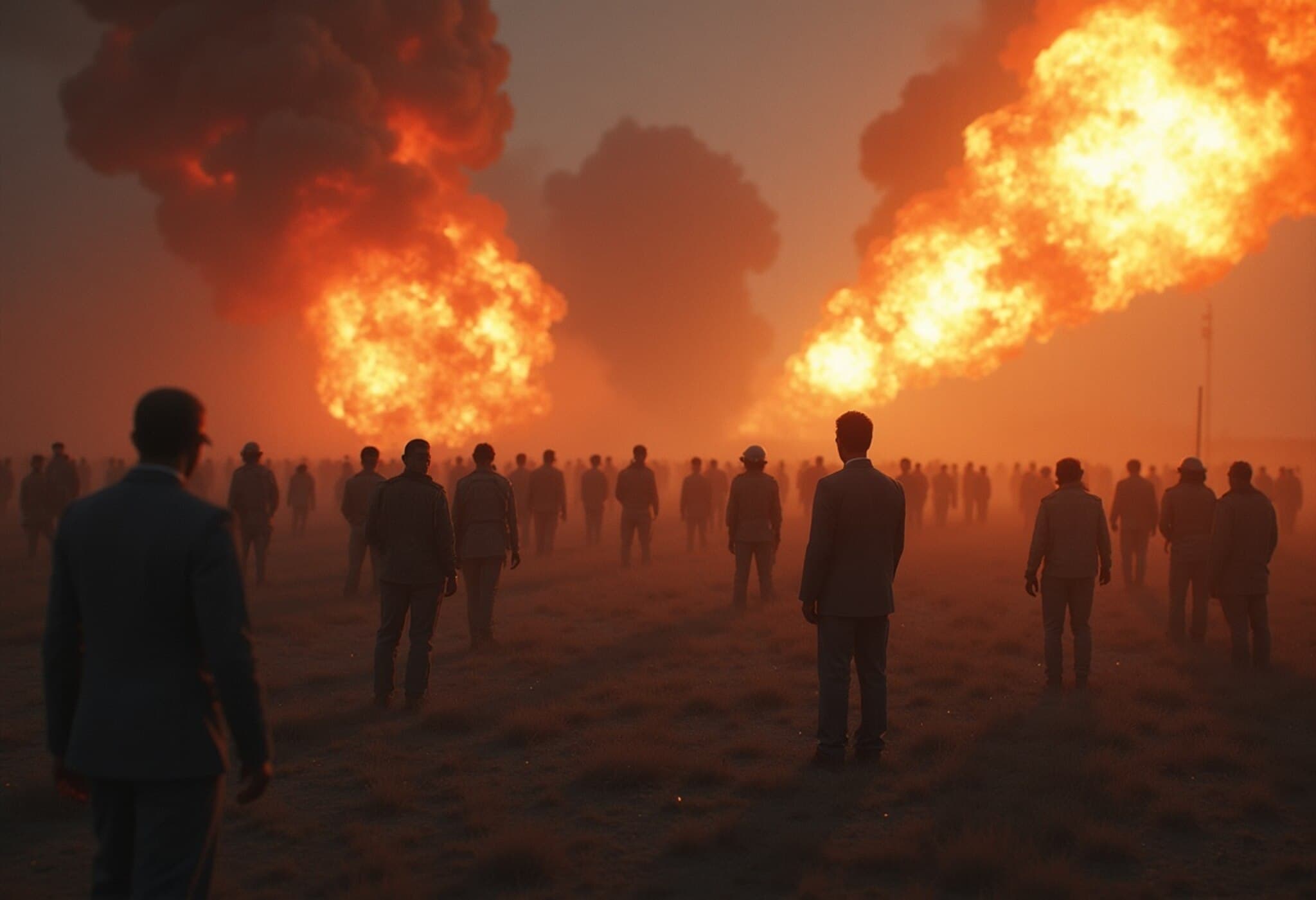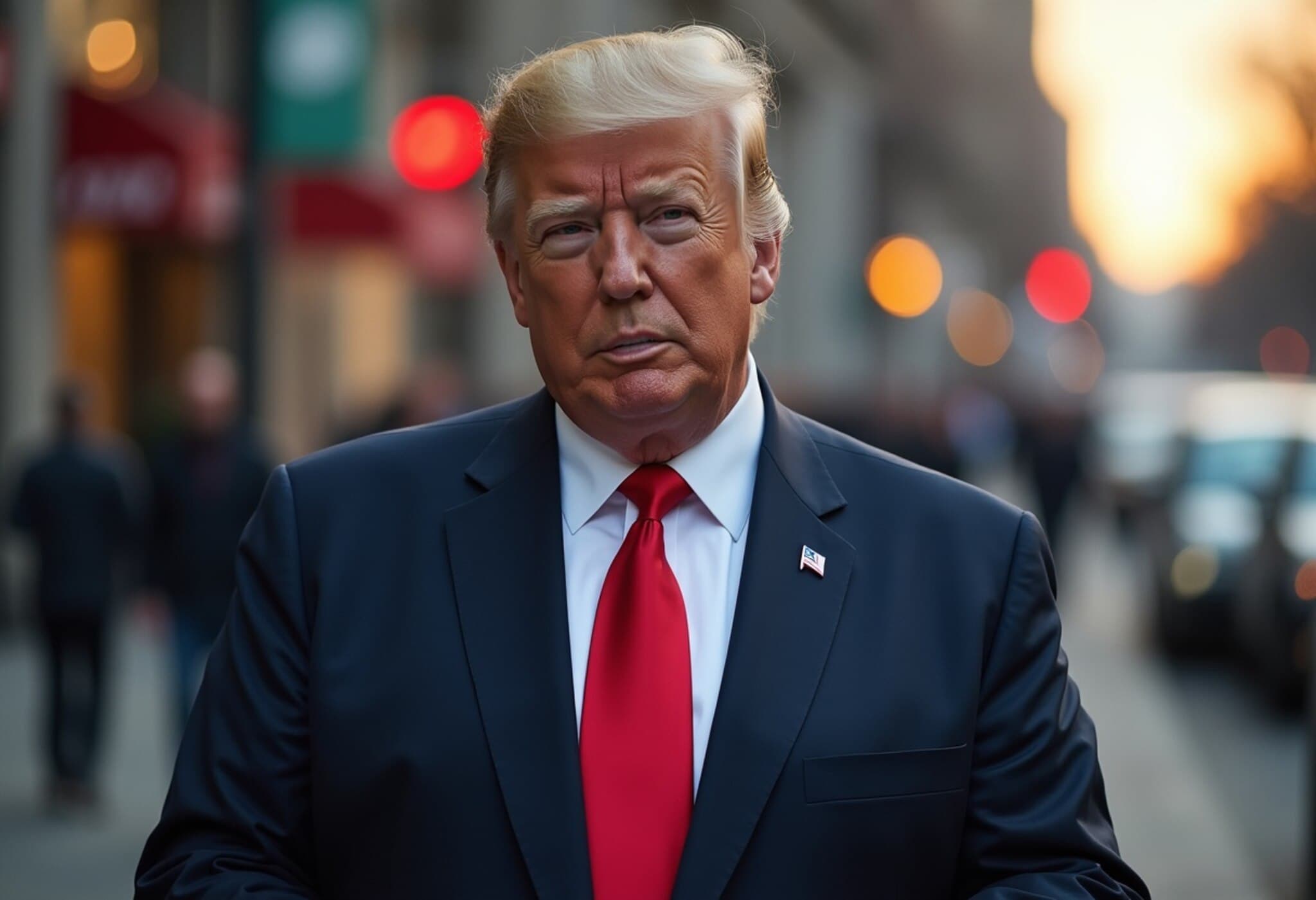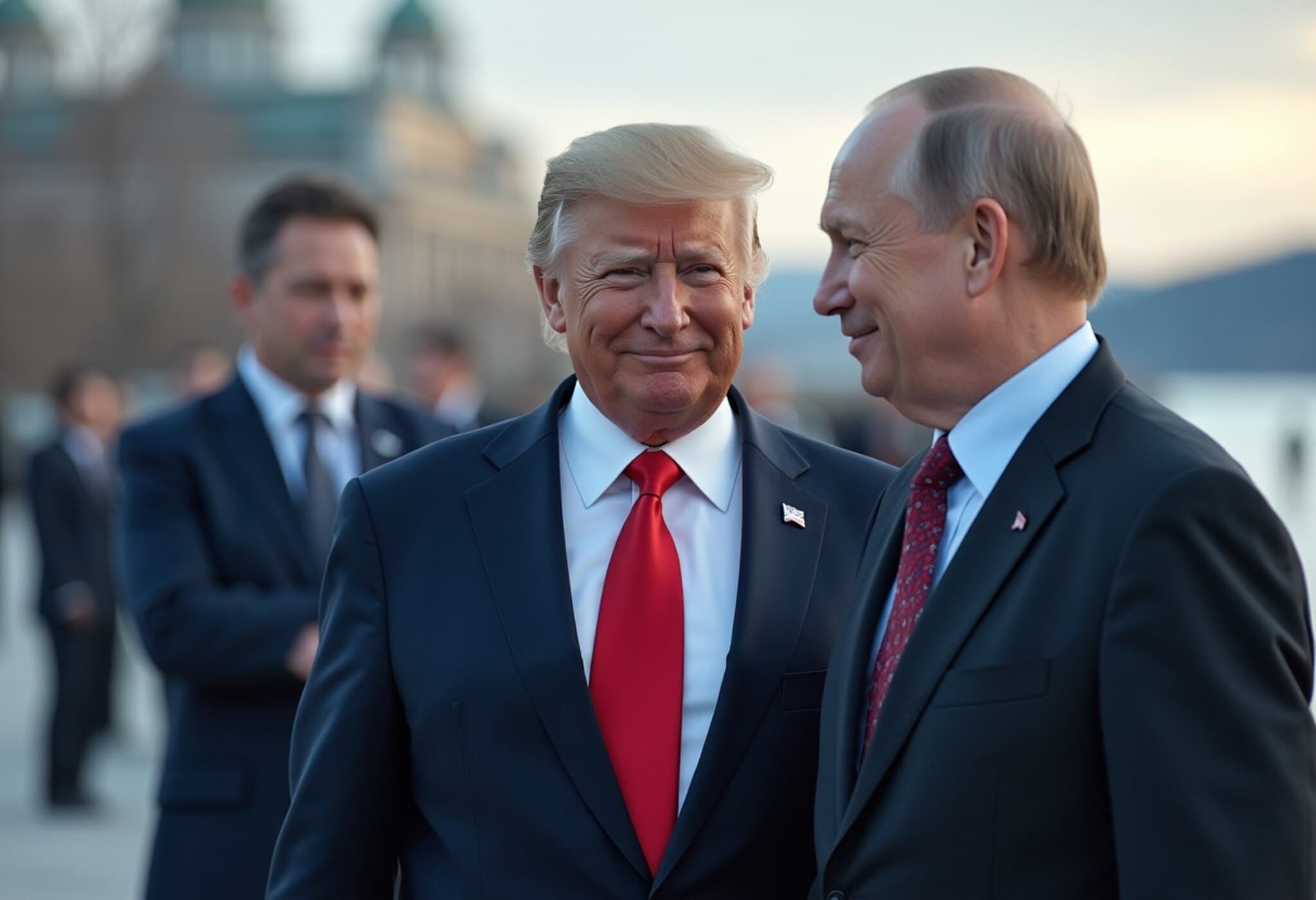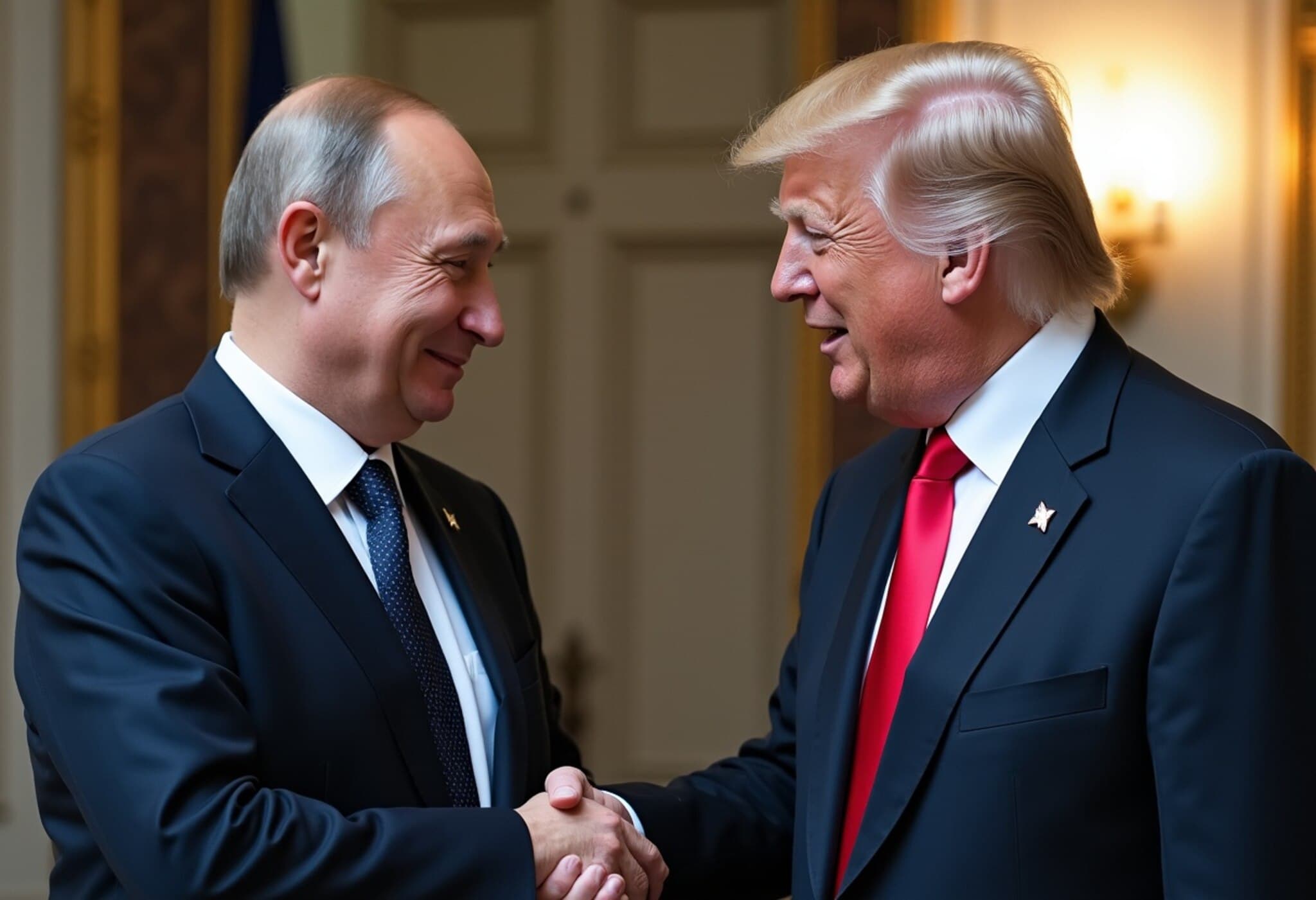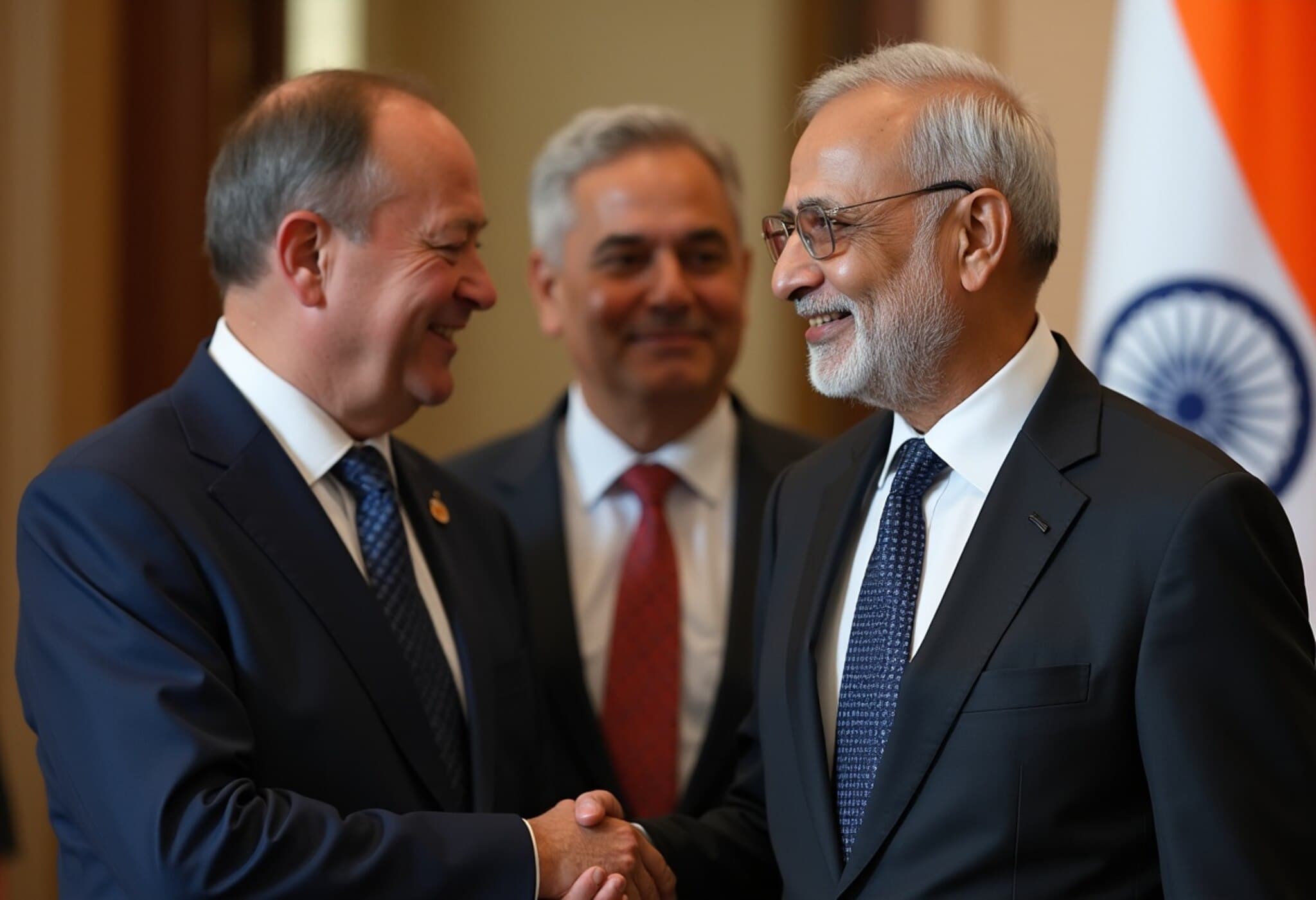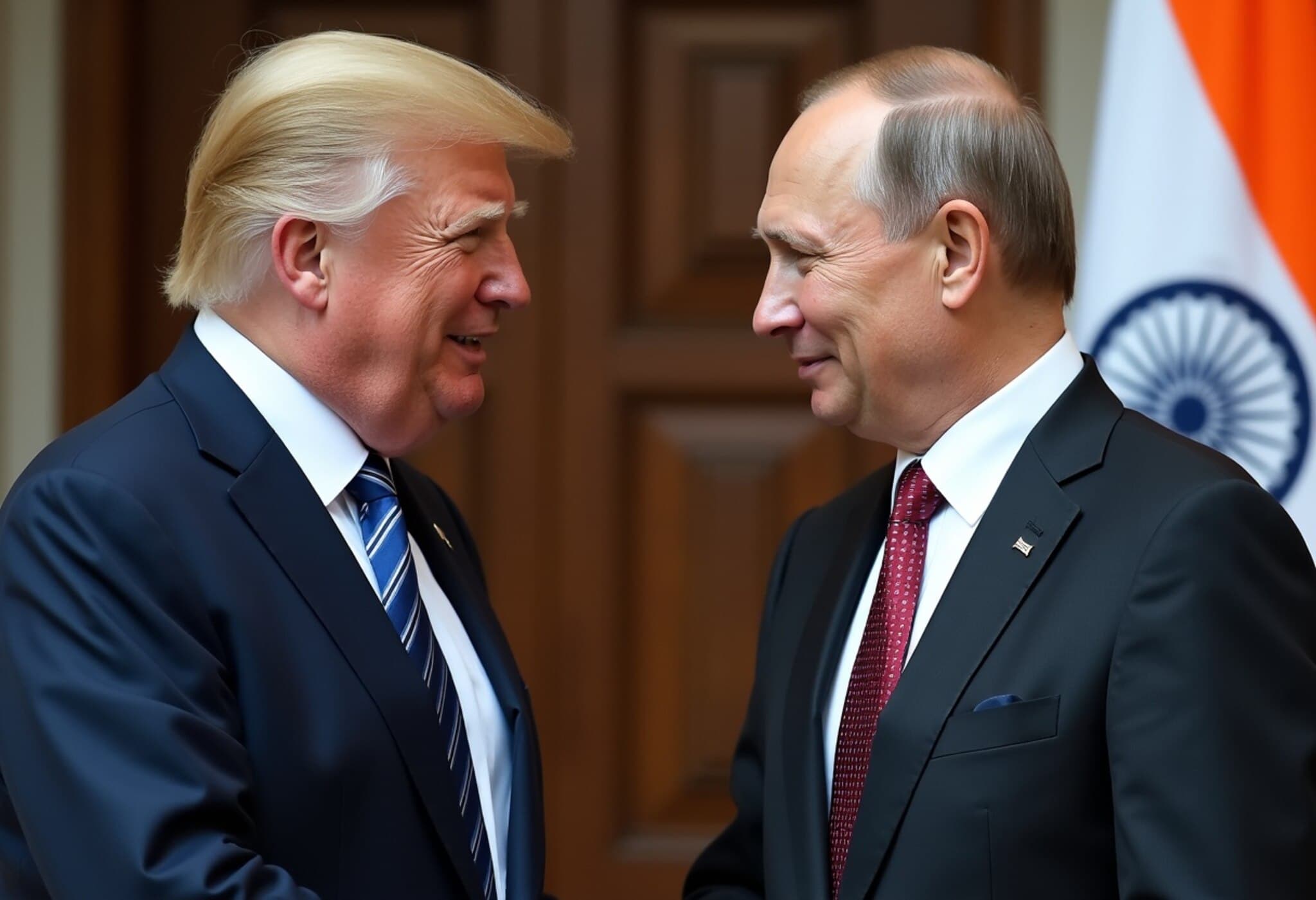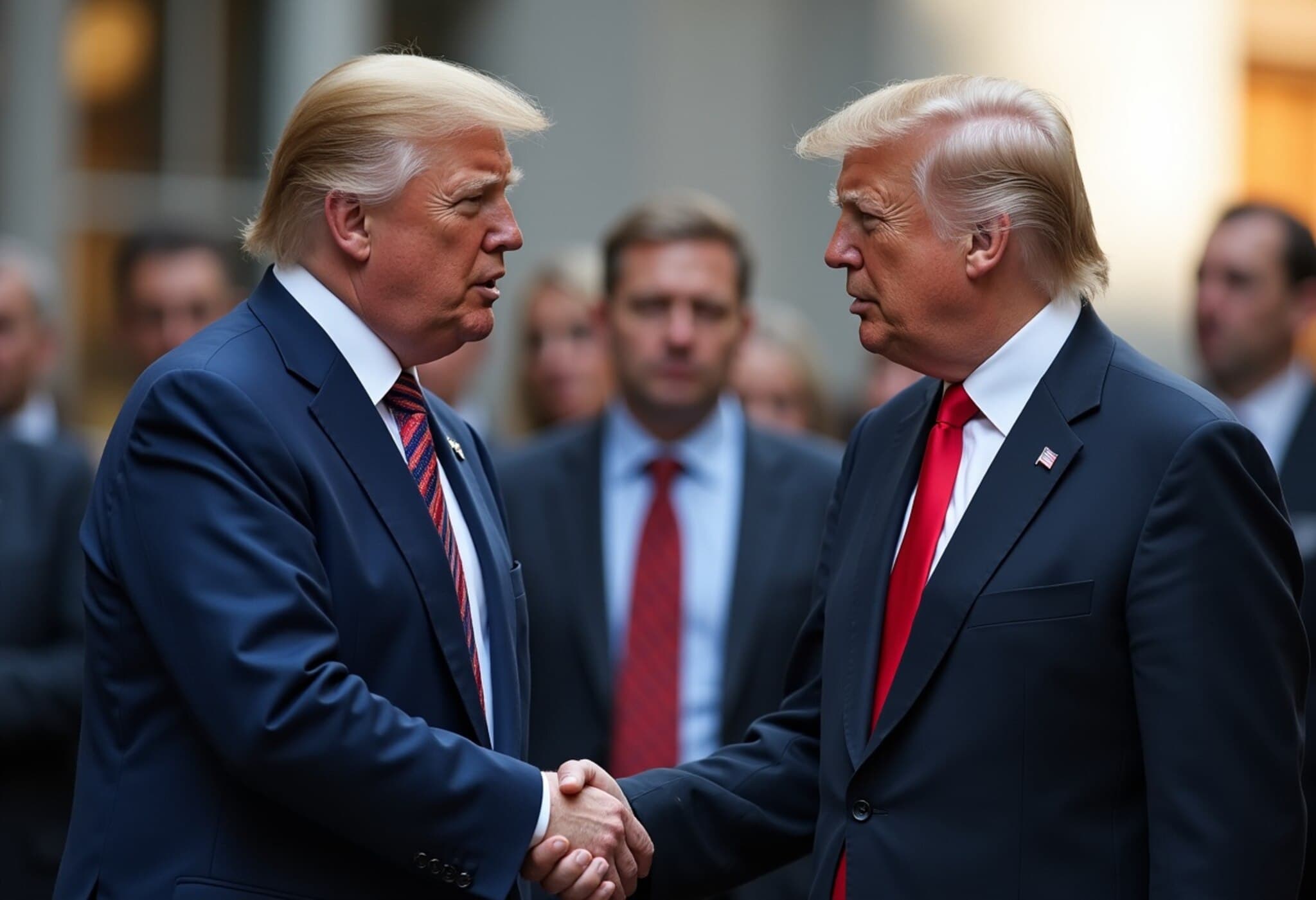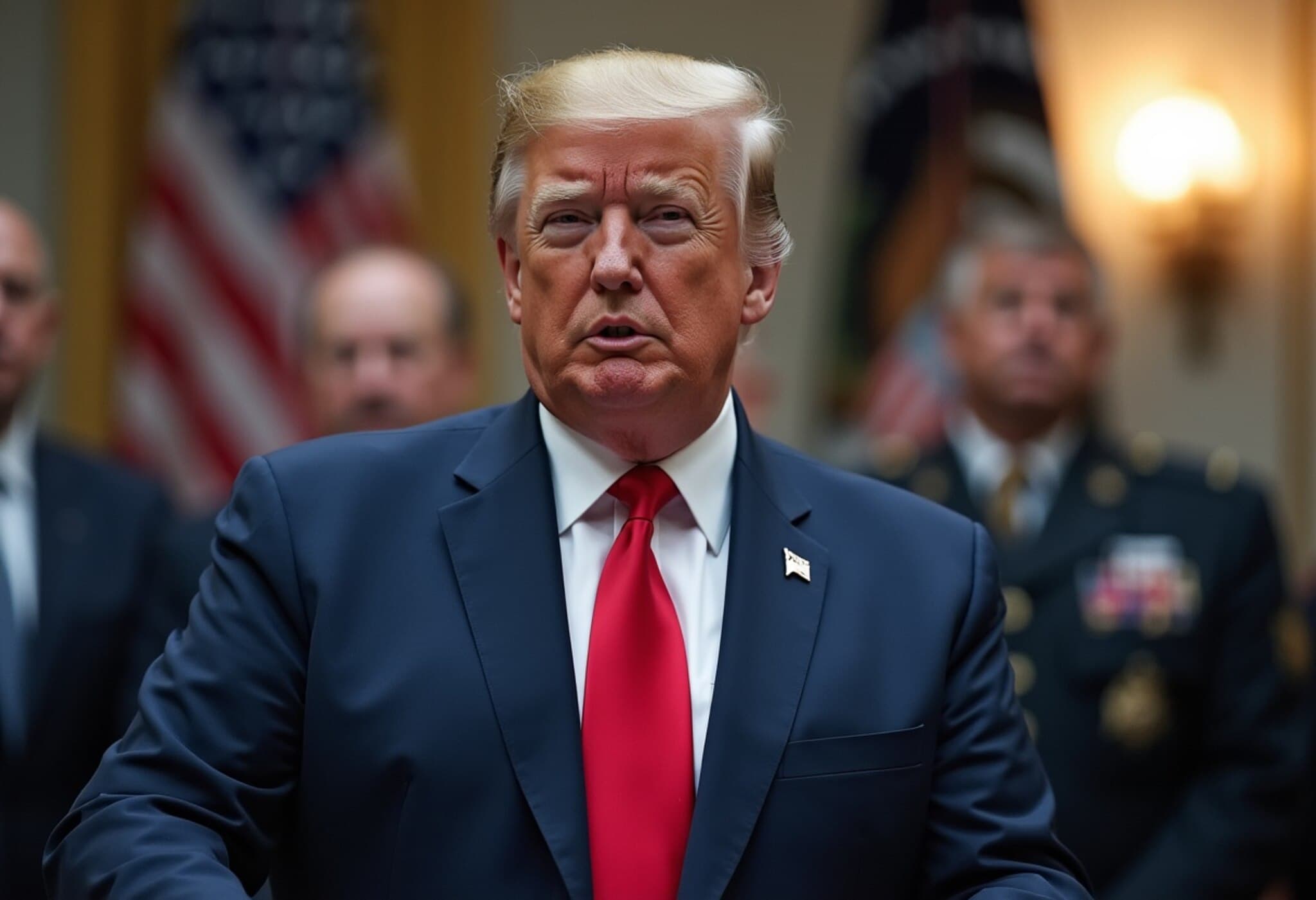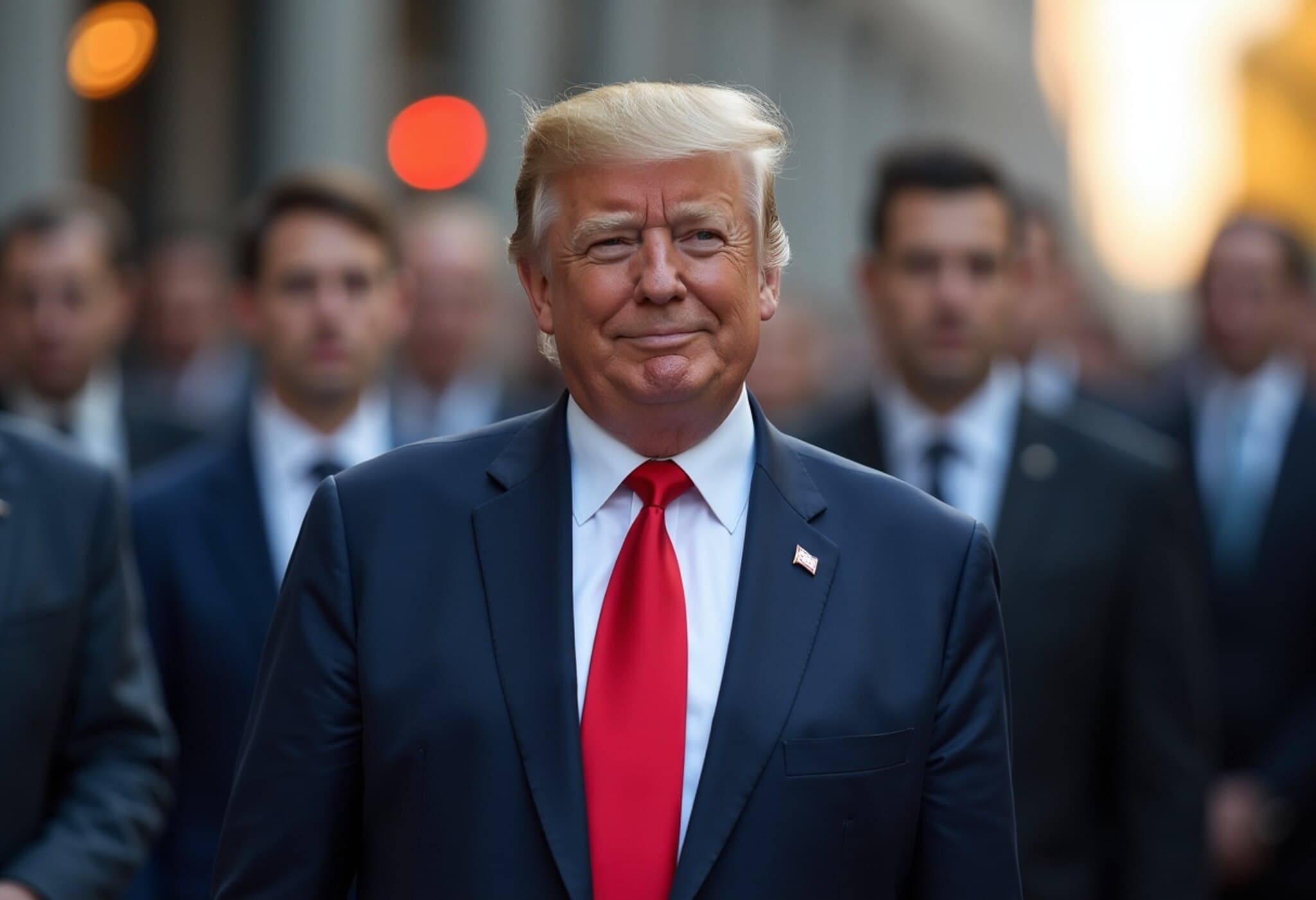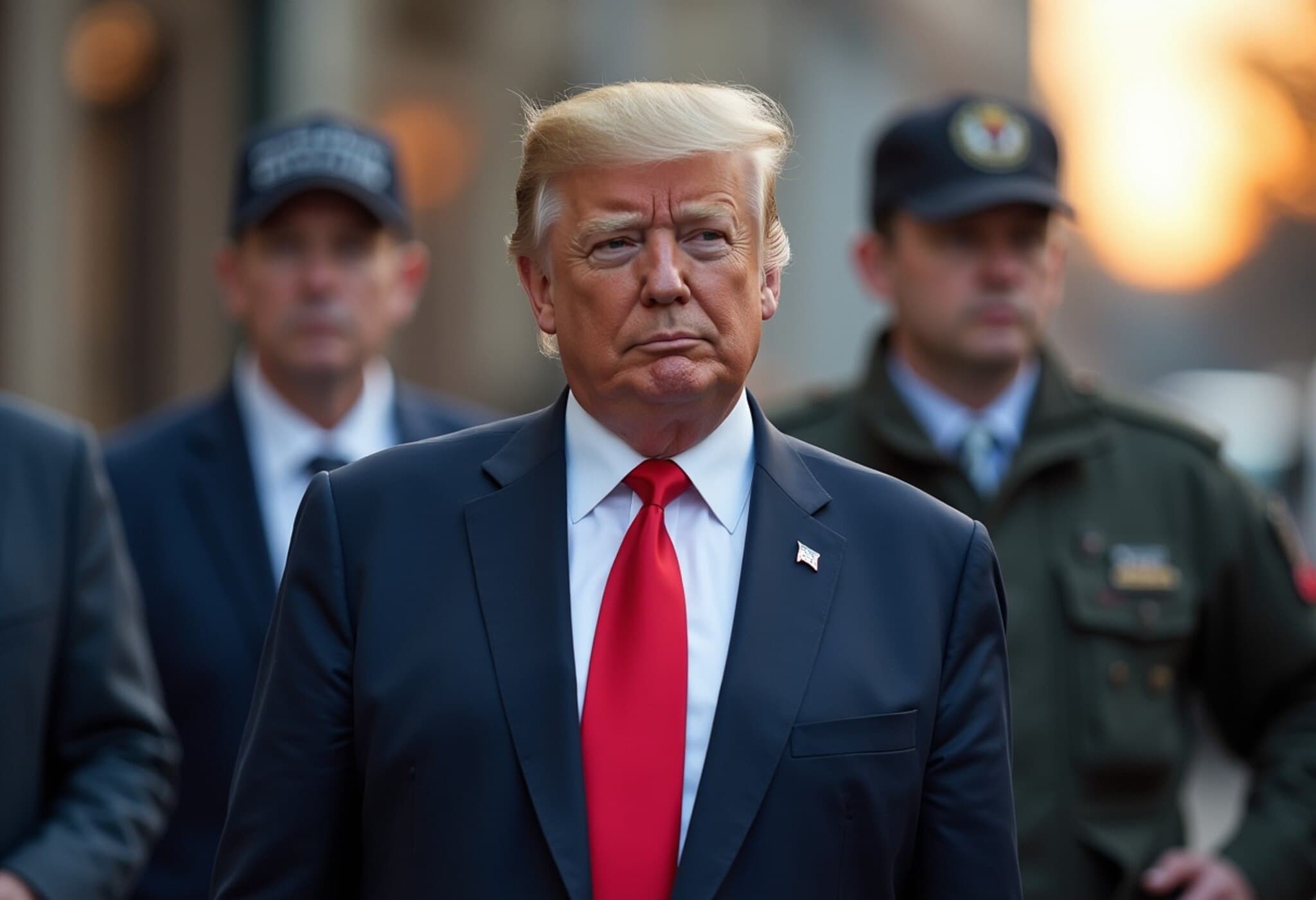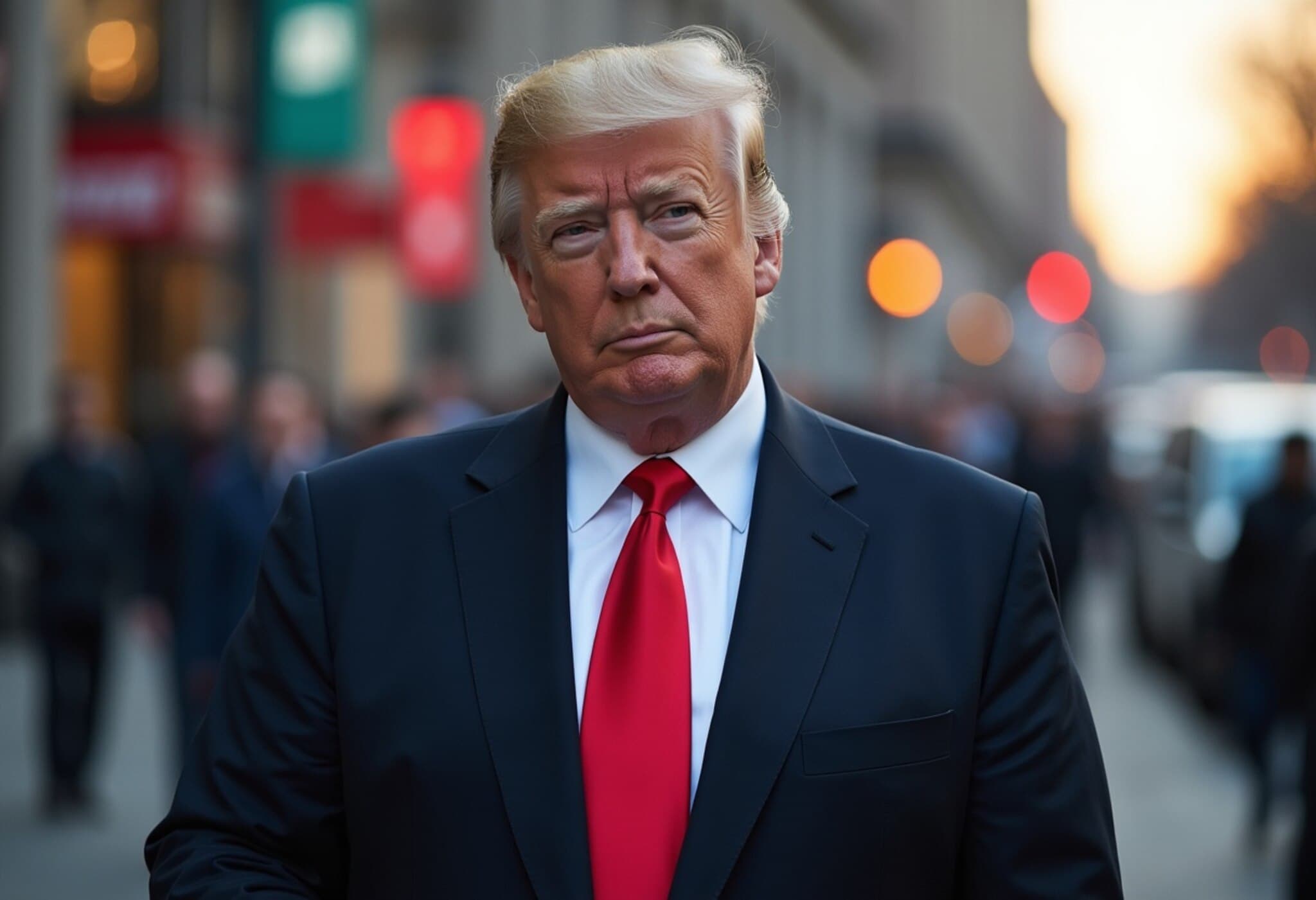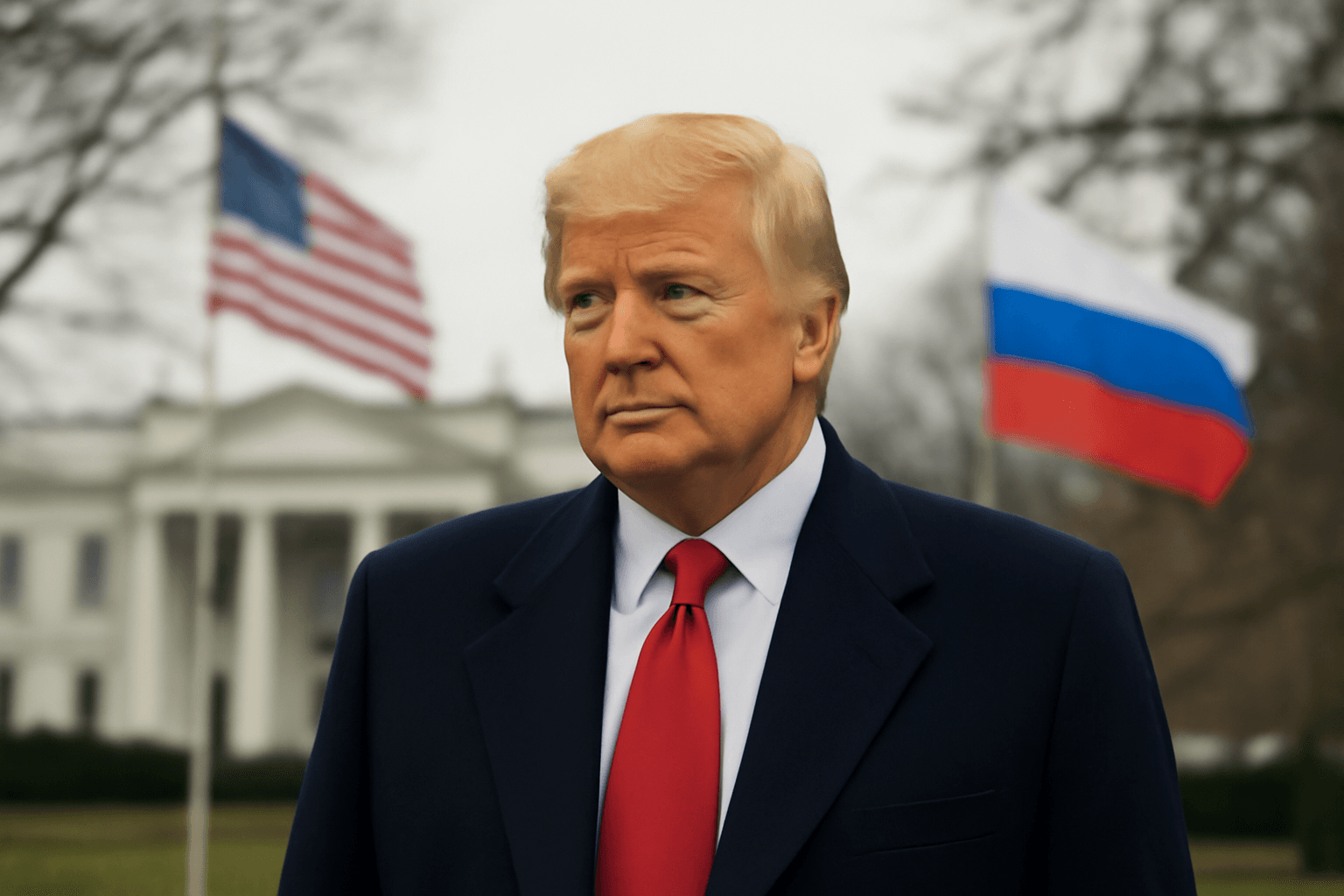Trade Conflicts Overshadow Ongoing Ukraine War
While global headlines have recently been dominated by tariffs and trade disputes, the grinding conflict between Russian and Ukrainian forces persists with devastating consequences. Yet, amid economic uncertainty in the United States and Europe, escalating regional conflicts like Gaza, and emerging geopolitical fault lines, the war in Ukraine is slipping from the spotlight.
The diplomatic efforts, including recent talks in Istanbul involving delegations from Russia and Ukraine, received scant media attention, reflecting an uneasy atmosphere about the conflict's future and the prospects for peace.
The Trump Era’s Impact on Ukraine and Russia Relations
Former U.S. President Donald Trump's stance on Ukraine and trade has added layers of complexity to the conflict. On July 14, Trump suggested Ukraine could receive additional American weaponry—on the condition that NATO allies fund the purchases. Failure to meet this condition could result in "very severe" sanctions and secondary tariffs against Russia as high as 100%.
Such punitive measures could severely affect Russia's economy, particularly impacting its key trade relationships with nations like India and China through commodities and raw materials exchange.
The Russian Gambit Amid Stiffening Sanctions
Russia faces a September 2 deadline to demonstrate commitment to a ceasefire and a viable peace plan, though analysts remain skeptical. The Kremlin's calculated gamble banks on the belief that the U.S., particularly under Trump's fragmented policies, won't enforce a consistent plan to back Ukraine or press Russia effectively.
Mykola Bielieskov, a research fellow at Ukraine's National Institute for Strategic Studies, notes that imposing serious secondary sanctions would entail a diplomatic confrontation with China and India, complicating enforcement efforts.
On the ground, Russia continues to make incremental territorial gains, leveraging overwhelming manpower and intensified drone warfare. Despite Western pledges, Moscow shows no inclination toward accepting NATO-style security guarantees for Ukraine.
Ukraine’s Struggle: External Pressure and Internal Strife
Meanwhile, Kyiv wrestles not only with the military assault but also with growing domestic unrest. Recent protests erupted against government efforts perceived as undermining anti-corruption bodies' independence. This has alarmed key European Union figures, concerned about Kyiv’s commitment to democratic reforms integral to EU accession ambitions.
A mid-July government reshuffle raised further questions about President Volodymyr Zelenskyy's consolidation of power, potentially unsettling Ukraine’s international supporters reliant on political stability.
Internal Consolidation Amid External Uncertainty
Tatiana Stanovaya, senior fellow at the Carnegie Russia Eurasia Center, explains that Ukraine now faces a critical phase of internal consolidation against a backdrop of increased external ambiguity. The United States, under Trump’s tactical retreat, is shifting more financial and political responsibility to Europe, leaving Kyiv to recalibrate its political landscape.
Stanovaya emphasizes the transactional nature of international support: "It is now focused primarily on sustaining frontline defenses rather than driving progressive democratic reform." This pragmatic approach risks stalling Ukraine’s long-term democratic aspirations amid wartime exigencies.
What Lies Ahead?
- The intersection of trade policy and geopolitical strategy is reshaping the conflict dynamics in Eastern Europe.
- Western allies face the dilemma of balancing military and financial support for Ukraine with concerns about internal governance and corruption.
- Russia’s resilience amid sanctions tests the limits of international economic pressure, especially given its ties with major global players like China and India.
As the war enters its fourth year, the confluence of political recalibrations, shifting economic alliances, and war fatigue raise critical questions about the durability of current policies and the prospects for peace in the region.
Editor’s Note
The complex overlay of trade wars, political leadership changes, and geopolitical realignments highlights how intertwined global economic policy and armed conflict have become. For U.S. and European policymakers, this demands nuanced, multifaceted strategies that address not only military outcomes but also democratic governance and economic stability. Understanding these layers is essential for readers seeking a deeper grasp of the ongoing Ukraine crisis beyond surface headlines.

